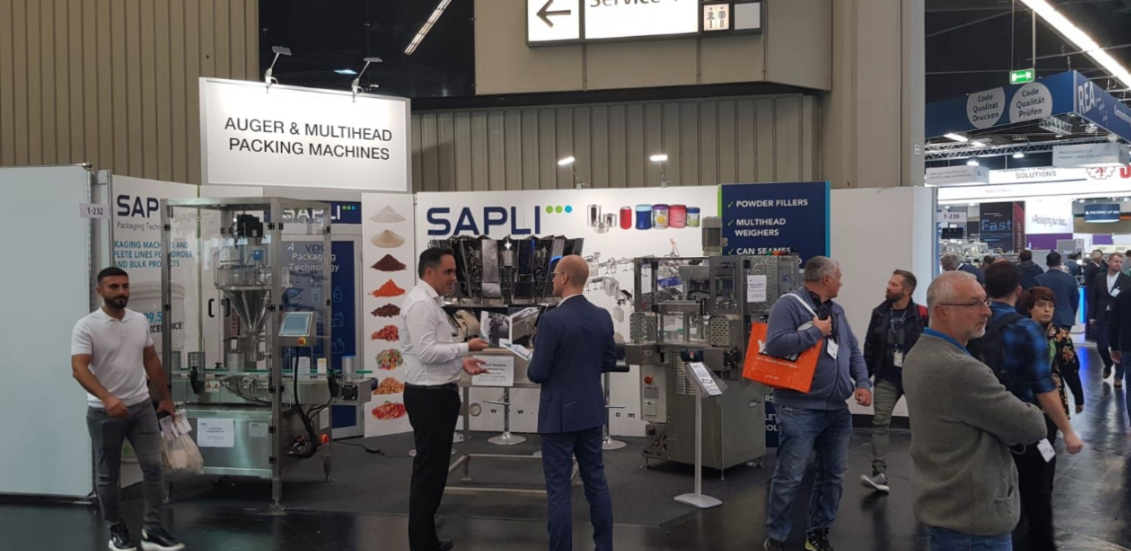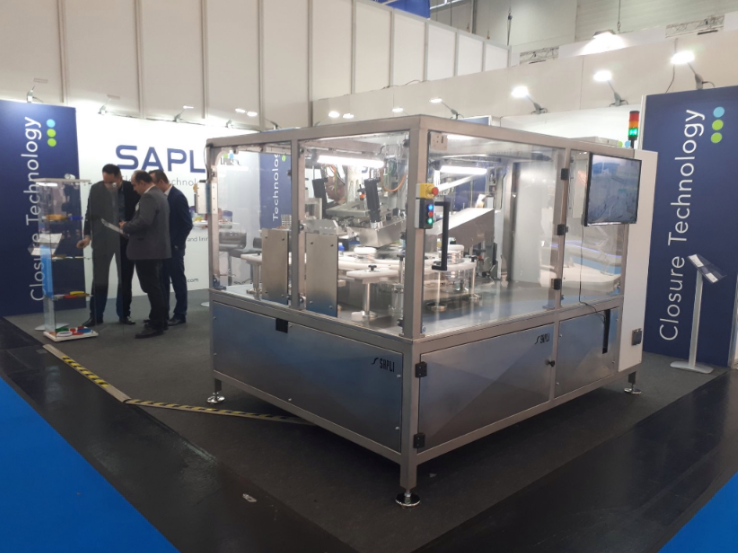DETERIORATIVE REACTIONS AND INDICES OF FAILURE: COHESION / FLOWABILITY
DETERIORATIVE REACTIONS AND INDICES OF FAILURE: COHESION / FLOWABILITY
Powder deposition on processing equipment is a problem in the dairy industry, particularly in the spray-drying process, and results in economic disadvantages. Cohesion increases with a reduction in particle size; fat also plays an important part in the observed trend toward higher cohesion with increasing temperature. More surface area is available for cohesive forces, in particular, and frictional forces to resist flow. Melting of fat is likely to cause the major increase in cohesion, but there are several possible mechanisms. The liquid fat may have formed bridges between the particles, which increases the bonding strength. Alternatively, fat liquefaction could have softened the powder, resulting in deformation of the powder particles, which would have increased the contact area between the particles, thus enhancing already present attractive forces. During processing, the behavior of powders is strongly influenced by particle properties as well as the design and operating conditions of the equipment.
The flowability of powders in such equipment is an important issue as it can strongly influence the efficiency and reliable operation of these processes. Intuitively, one would expect particle shape to affect flowability, as shape will influence the surface contacts between particles; however, there is not much reported work on the influence of shape on poder flowability.























